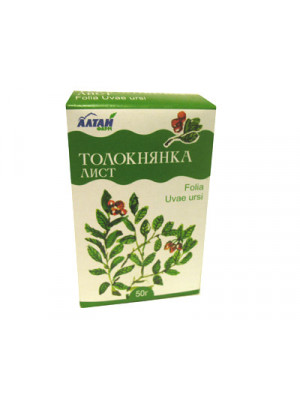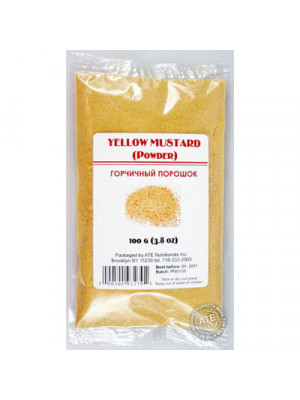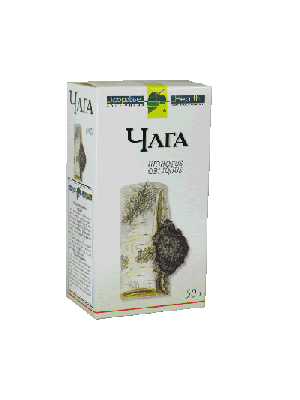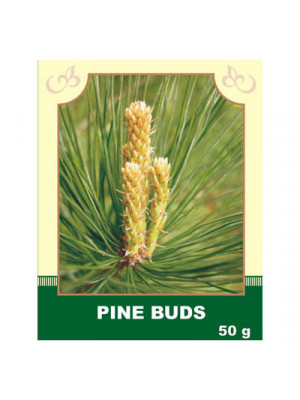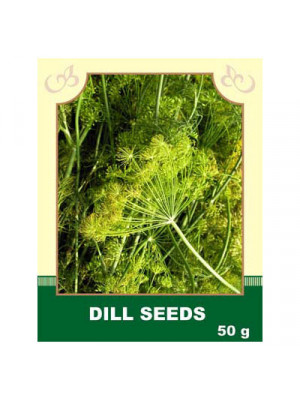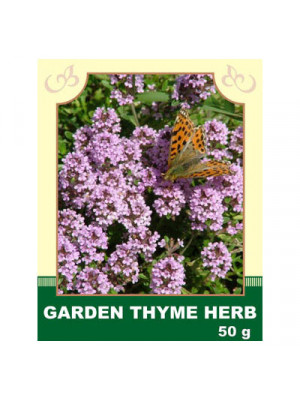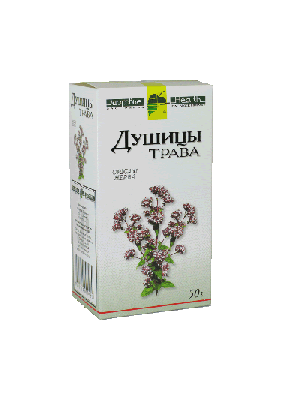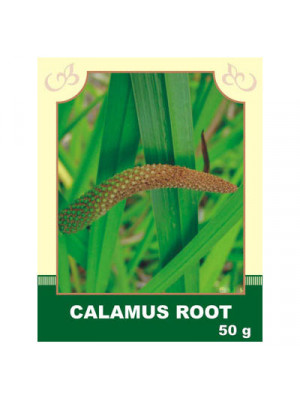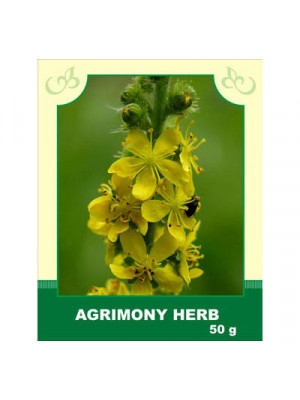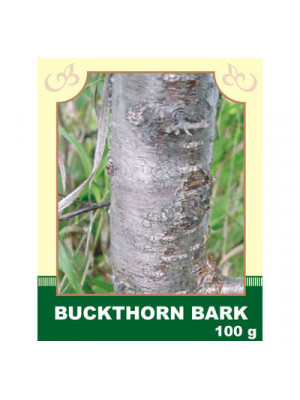Herbs
- The plant is also called Bear Berry. Chinese have been using Bear Berry Leaves since 13th century as a diuretic, to reduce kidney and urinary problems. Bear berry leaves are still used medicinally in Poland and other countries. Native Americans also used Bear berry tea for inflammation of the urinary tract, urethritis, kidney stones, and cystitis. The berries were also made into a tea that was used to ward off obesity. Bearberry is a very useful plant. All parts of it can be used in some way. The fruit can be eaten and cooked with other foods. The roots can be made into a tea that can treat a constant cough or slow down menstrual bleeding. A tea from the stem is used to prevent miscarriage and to speed up a womens recovery after childbirth. A tea made from the leaves can be drunk to treat kidney or bladder problems. Bear Berry Leaves have diuretic, anti-inflammatory and anti-microbial qualities. Use as a diuretic, and anti-microbial agent in cases of inflammatory diseases of the urinary tracts.$5.99
Internally, it is taken as a warming, anti-inflammatory, toning, antibacterial, and expectorant remedy. It lowers cholesterol levels in the blood, improves appetite, and accelerates metabolism. It promotes the expectoration of mucus during colds.
Externally, it is used as hot mustard foot baths — a popular and safe method of home treatment for colds.
Contraindications: Before using mustard for therapeutic purposes, it is necessary to consult with a doctor.
$5.99- For centuries, Chaga has been revered for its life enhancing properties. According to thousands of years of testing in Traditional Chinese Medicine, medicinal mushrooms including Chaga, can preserve youth and increase longevity, improve health, and boost life energy. Chaga contains zinc, copper, magnesium, calcium, potassium, aluminum, iron, silicon, manganese and other substances. The properties of Chaga are spasmolytic, diuretic, analgetic, antimicrobial, restorative, laxative and antitumoral. Chaga mushroom is also well known for its huge load of immune stimulating phytochemicals. The Chaga fungus has some of the highest amounts of anti-oxidants of any substance consumed by man.$6.99
Internally: Taken as a remedy for cough in diseases of the upper respiratory tract, as an expectorant and disinfectant in chronic bronchitis, chronic tonsillitis, and acute respiratory diseases. Also possess diuretic and cholagogue properties.
Method of application and doses: 1 tablespoon of kidney pours 200 ml of boiling water, boils in a water bath for 30 minutes, infuses at room temperature for 10 minutes, strains, the resulting infusion is brought to the original volume with boiled water and taken in 1/2-1/3 glass 2-3 times a day after meals.
Externally: Applied in the form of baths in the treatment of the nervous and cardiovascular systems, rickets in children; as inhalations for diseases of the upper respiratory tract. For baths: 500 g per 5 liters of water boil for 30 minutes, strain, add the obtained decoction to the main bath.
Contraindications: Individual intolerance, in nephritis and nephrosis.
$7.99Internally: Taken for indigestion, insomnia, and spasms, angina, headaches, hypertension, vomiting, belching, hemorrhoids, and to stimulate appetite, for colic; for stimulating milk secretion in breastfeeding women. An infusion of dill seeds is used for liver and biliary tract diseases.
Method of application and doses: Infusion: 1 tablespoon is poured with 1 glass of boiling water, infused for 15 minutes, strained. Take 1 tablespoon up to 6 times a day 15 minutes before meals in a cold form.
Externally: Used in the form of compresses for eye diseases, for pustular skin lesions.
Contraindications: Individual intolerance.
$5.99
Description. It has been used through the centuries for many ailments, from epilepsy to melancholy. Nowadays, it is prescribed by herbalists for intestinal worms, gastrointestinal ailments, bronchial problems, laryngitis, diarrhea, and lack of appetite. It has antiseptic properties, and can be used as a mouthwash, skin cleanser, anti-fungal agent for athlete's foot and as an anti-parasitic for lice, scabies, and crabs. Garden Thyme herb tincture is a popular way of dropping bad habits and alcoholism is one of the. Garden Thyme arouses steady feeling of nausea and aversion towards alcohol. Use. Before the advent of modern antibiotics, it was used to medicate bandages. It has also been shown to be effective against the fungus that commonly infects toenails. A tea made by infusing the herb in water can be used for cough and bronchitis. Medicinally thyme is used for respiratory infections in the form of a tincture, tisane, salve, syrup or by steam inhalation. Because it is antiseptic, thyme boiled in water and cooled is very effective against inflammation of the throat when gargled 3 times a day. The inflammation will normally disappear in 2 - 5 days. Thyme is a good source of iron and is used widely in cooking.
Attention! Before using any herbal products, make sure that you have full knowledge of how the herb works and any adverse reaction it may cause.$6.99Internally, it is taken as an expectorant and diaphoretic for upper respiratory tract diseases, flu, and asthma. Also used as an anti-inflammatory, antimicrobial, and analgesic for rheumatism, paralysis, epilepsy; for atony of the intestines, to stimulate appetite and improve digestion; in gynecology - for uterine bleeding and women's diseases; as a sedative for fainting and mental illnesses.
Method of application and dosage: 2 tablespoons of raw material are poured with 200 ml of boiling water, infused for 45 minutes, strained. The obtained infusion is brought to the original volume. Taken orally in 1/2 cup 2 times a day, 15 minutes before meals.
Externally, used as compresses for insomnia and headaches, and for washing the head with hair loss. 10 g of raw material is poured with 200 ml of boiling water, infused for 1 hour; for douching, 20-30 g of raw material is poured with 2-3 liters of boiling water, infused until cooled. Used in warm (!) form; for baths, 50 g of raw material is poured with 10 liters of boiling water, infused until completely cooled.
Contraindications: individual intolerance, pregnancy, and for people with increased stomach secretion.
$6.99Internally, it is taken as a binding agent for stomach disorders, inflammation of the intestines, heartburn, and lack of appetite; for neurasthenia, convulsions, osteitis, bronchitis, pleurisy, diseases of the biliary tract, and in gynecology - for libido weakness, regulating the menstrual cycle, and enhancing sexual activity.
Method of application and dosage: 1 tablespoon is poured with 200 ml of boiling water, covered with a lid, and heated in a water bath for 15 minutes. Cooled for 45 minutes at room temperature, strained. The volume of the resulting infusion is brought to the original volume with boiled water. Take 1/4 cup 3-4 times a day 30 minutes before meals.
External use: applied for baldness and hair loss; for rinsing the oral cavity with stomatitis.
Contraindications: individual intolerance, during pregnancy, and with increased secretion (acidity) of the stomach.
$6.99Internally, it is taken for gastrointestinal diseases, hemorrhoids, gallbladder issues, bleeding, rheumatism, herpes, inflammation of the laryngeal mucosa, as well as for furunculosis, poorly healing wounds, migraines, nocturnal enuresis, atony of the bladder, and urolithiasis. Infusion with honey is one of the best remedies for liver and spleen diseases.
Method of application and dosage: Steep 2 tablespoons of raw material in 400 ml boiling water, infuse for 2 hours, strain, and take 1/2 cup 4 times a day before meals.
Externally, the infusion is used for rinsing the oral cavity in various inflammatory processes (tonsillitis, laryngitis, pharyngitis), for nasal congestion, and for washing wounds and ulcers, as well as for abrasions and bruises. Steep 5 tablespoons of raw material in 400 ml boiling water, infuse for 15-20 minutes, strain, squeezing the remaining raw material.
Contraindications: Individual intolerance. Use with caution for children and elderly people.
$6.99Internally, it is used for habitual constipation, spastic colitis, hemorrhoids, and anal fissures, especially during pregnancy.
Method of application and dosage: Pour 2 tablespoons of raw material into 200 ml of boiling water, heat on a water bath for 30 minutes, infuse for 10 minutes at room temperature, strain, squeezing the vegetable raw material. Bring the resulting infusion to the original volume. Take 1/2 cup orally at night.
Externally, a strong decoction of the cherry bark is used in the treatment of scabies, especially in children.
Contraindications: individual intolerance, in case of severe kidney dysfunction, and inflammatory processes in the intestines. Prolonged use may lead to habituation.
$6.99


